Mimetismo

Mimicry. This word comes from the Greek mimetizo which means “I imitate” and it is precisely the art of hiding in a context to avoid being seen by potential enemies or potential prey.
Who dive for the first time, are certainly amazed by the enormous variety of colors that distinguish marine ecosystems. There are many brightly colored marine organisms that have developed an extraordinary variety of liveries in the course of evolution, some to escape predation, others to be clearly visible.

Underwater world is hostile in nature, evolution has driven many animals towards surprising strategies. Especially if you are small and helpless, you risk your life at any moment. So over the millennia camouflage at sea has evolved. When you want to go unnoticed there is nothing better than camouflaging with the environment.
We often think of immersing ourselves in a lifeless environment, but if we sharpen our sight in front of our eyes, a new world opens up, made up of organisms perfectly camouflaged with the environment. Gobies, blennings and octopuses hidden in the sand or the coralligenous, wrasses hidden between the posidonia, hippocampus among the algae, a list that could be endless.

Fish such as anchovies, mackerel, sardines, tuna and pelagic sharks have opted for the reverse method: What is more effective when living offshore than hiding directly in the water! Seen from above these fishes, they camouflage themselves with the bottom of the sea because the upper part of the body is dark, seen from below, the light and silvery flakes blend with the light that penetrates into the sea.

Still other “chameleonic” animals use specialized cells called “chromatophores” that allow them to change color suddenly, imitating the colors of the sea floor. Octopuses, cuttlefish, scorpion fish, just to name a few. It is always surprising to see how quickly the animal disappears into the surrounding environment.

The champion of sea camouflage is obviously the octopus. It is not limited only to changing the color but also takes up the details. The octopus can quickly change from a sea snake, a scorpion fish, a jellyfish, a flat fish or even a sea anemone.

https://www.ilgiornaledeimarinai.it/mimetismo-in-mare/
http://www.biologiamarina.eu/Mondo_colori.html
http://www.biologiamarina.eu/Mimetismo%20Pesci.html







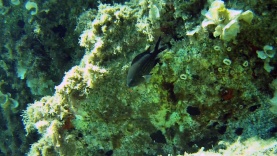
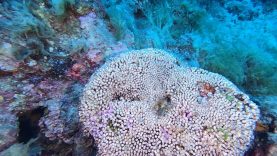










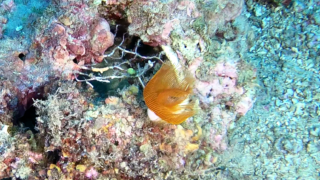
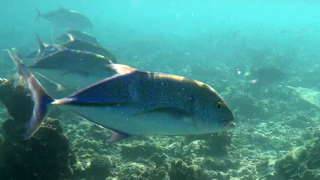

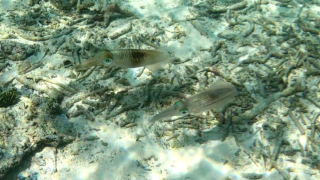


You must be logged in to post a comment.